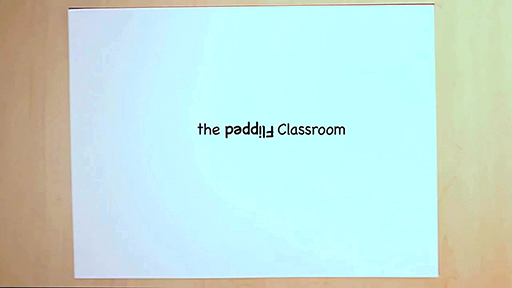4.1.1 Flipped classrooms
The audio recording in the previous section referred to a ‘flipped classroom’, in which the teachers have changed roles to become classroom mentors. A flipped classroom sounds odd, doesn’t it? But it’s a popular teaching method in many US and increasingly UK classrooms.

There are various views of what flipped classroom and flipped learning mean for schools and teachers, but essentially they refer to turning the traditional classroom model on its head, as shown in the animation above. Do you feel the idea of a flipped classroom could become a reality in the 2020s?
A powerful concept is that teachers don’t have to spend precious classroom time on explaining basic concepts; in a traditional class they can’t focus on specific problems or address the needs of their individual students. The flipped classroom model clearly aims to maximise the time teachers have available for each student and often implies a turn towards technology-enabled teaching methods.
Central to this idea is the focus on giving children more autonomy in their learning and promoting ‘personalised learning’, in contrast to a more traditional ‘one size fits all’ approach. This personalised learning vision has resonance with what you learned in Week 1, especially around self-determination theory [Tip: hold Ctrl and click a link to open it in a new tab. (Hide tip)] . As you saw there, this theory supports the role of intrinsic motivation and emphasises the importance of giving children autonomy, sometimes within boundaries, to make choices in their own learning (Deci and Ryan, 2000).
